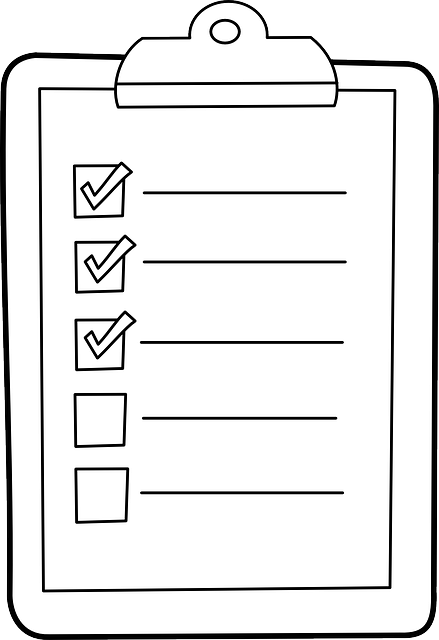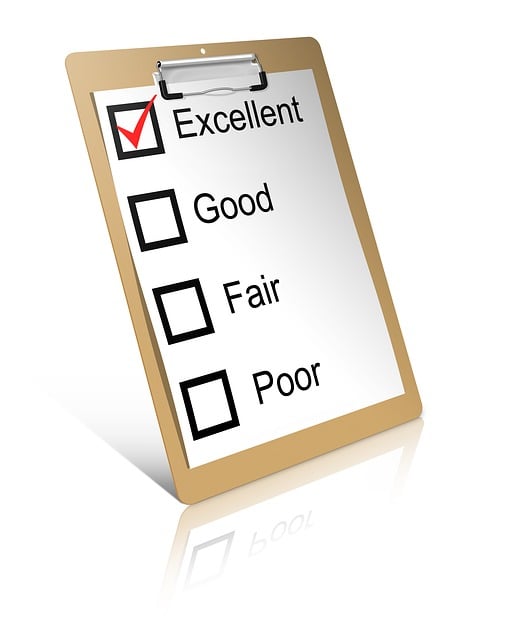In diverse South Africa, a tailored Financial Planning Checklist is crucial for long-term financial health. It starts with SMART goals and assessing current finances, then budgeting, managing debt, saving for emergencies, and investing wisely. Regular reviews are key to adapting to life changes. By focusing on these aspects, individuals can navigate the complex economic landscape and secure their financial future. A Financial Planning Checklist South Africa should encompass all these elements for successful money management.
“Unraveling the path to financial stability in South Africa? Our comprehensive Financial Planning and Budgeting checklist is your guide to navigating the local economic landscape. From understanding the unique financial dynamics of the country to crafting a tailored savings strategy, this checklist covers all essentials.
Learn how to set realistic goals, assess your current finances, create a budget, and track expenses effectively. Discover the importance of an emergency fund and long-term savings for a secure future. Get ready to transform your financial journey!”
- Understanding South Africa's Financial Landscape
- Setting Clear Financial Goals
- Assessing Your Current Financial Situation
- Creating a Realistic Budget
- Tracking and Adjusting Expenses
- Building an Emergency Fund and Long-Term Savings Strategy
Understanding South Africa's Financial Landscape

South Africa’s financial landscape is unique, shaped by a complex history and diverse economic sectors. For individuals navigating this environment, understanding the key components of financial planning becomes essential. This involves assessing personal income sources, which in South Africa can vary widely, from wages to investments and government benefits. Expenses also differ significantly, ranging from housing and utilities to education and healthcare costs.
A comprehensive Financial Planning Checklist for South Africa should account for these variables by encouraging individuals to track their income, categorize expenses, and set realistic budgets. It’s crucial to consider the country’s economic trends, interest rates, and inflation levels when making financial decisions. Additionally, being aware of tax obligations and leveraging available savings plans or investment opportunities can significantly impact long-term financial health.
Setting Clear Financial Goals

When creating a financial planning checklist for South Africa, setting clear financial goals is the first step. These goals should be specific, measurable, achievable, relevant, and time-bound (SMART). For instance, instead of aiming to “save more money,” set a target like “save R50,000 for a down payment on a house within the next 24 months.” This clarity guides your budgeting process, ensuring every financial decision aligns with your aspirations.
A Financial Planning Checklist South Africa should incorporate strategies to manage debt, save for emergencies, invest wisely, and plan for retirement. It’s crucial to assess your current financial situation, including income, expenses, and existing debts, to make informed choices. Regularly reviewing and adjusting your goals keeps you on track and allows for adaptability as life circumstances change.
Assessing Your Current Financial Situation

Before diving into creating a budget and planning for your financial future in South Africa, it’s crucial to assess where you currently stand financially. This step forms an integral part of any Financial Planning Checklist for SA residents. Start by gathering all your recent bank statements, investment portfolios, and any other relevant financial documents. Analyse your income sources and the amounts you receive regularly, taking note of both fixed and variable expenses.
Identify areas where you may be overspending or have unnecessary costs that can be cut down. Understanding your current financial situation will help you set realistic goals, create a budget aligned with your needs, and make informed decisions as you work towards securing your financial future in the vibrant yet complex economic landscape of South Africa.
Creating a Realistic Budget

In the journey towards financial stability, creating a realistic budget is a pivotal step for anyone in South Africa using our Financial Planning Checklist. It’s not just about cutting expenses; it’s about understanding your spending habits and aligning them with your economic goals. Start by tracking your income and fixed expenses—like rent or mortgage, insurance, and utilities. Then, categorise variable expenses such as groceries, entertainment, and dining out. This detailed approach ensures every rand is accounted for.
Next, compare your total expenses against your monthly income. Ensure your budget doesn’t exceed your earnings and leave room for savings and unexpected costs. Regularly reviewing and adjusting your budget is key to financial planning success. This dynamic process allows you to stay on track with your Financial Planning Checklist goals in the South African economic landscape.
Tracking and Adjusting Expenses

Staying on top of your expenses is a critical aspect of effective financial planning in South Africa, as it allows you to make informed decisions and adjustments. Create a comprehensive budget by tracking all your monthly outgoings, including fixed costs like rent or mortgage payments, utility bills, insurance, and variable expenses such as groceries, entertainment, and dining out. Utilise budgeting apps or spreadsheets to record these expenses accurately. Regularly review your spending patterns to identify areas where you might be overspending. This process enables you to make necessary adjustments to your budget, ensuring that you allocate funds efficiently and align with your financial goals.
Consider setting up alerts for upcoming bills or important payment deadlines to avoid late fees. By tracking and adjusting your expenses proactively, you gain control over your finances, enabling better management of savings, investments, and debt repayment in your Financial Planning Checklist South Africa.
Building an Emergency Fund and Long-Term Savings Strategy

In South Africa, where economic uncertainty can be a constant factor, building an emergency fund and implementing a long-term savings strategy is a crucial part of any financial planning checklist. An emergency fund should cover at least three to six months’ worth of living expenses, providing a safety net for unexpected costs or loss of income. This fund should be easily accessible in a savings account that earns interest but remains liquid, ensuring you’re prepared for unforeseen events without disrupting your budget.
Long-term savings, on the other hand, should focus on goals like retirement, education funds for children, and significant purchases. South Africa’s diverse financial landscape offers various options to achieve these objectives, including tax-efficient savings accounts, investment funds, and pension plans. A strategic approach to allocating savings, guided by your risk tolerance and financial goals, can help ensure that your money works as hard as possible over time.
Crafting a financial future in South Africa requires a solid planning foundation. By understanding your financial landscape, setting clear goals, assessing your current situation, and creating a realistic budget, you’re well on your way. Consistently tracking and adjusting expenses, coupled with building an emergency fund and long-term savings strategy, will empower you to navigate the economic terrain successfully. This financial planning checklist is your roadmap to achieving financial stability and security in South Africa.







